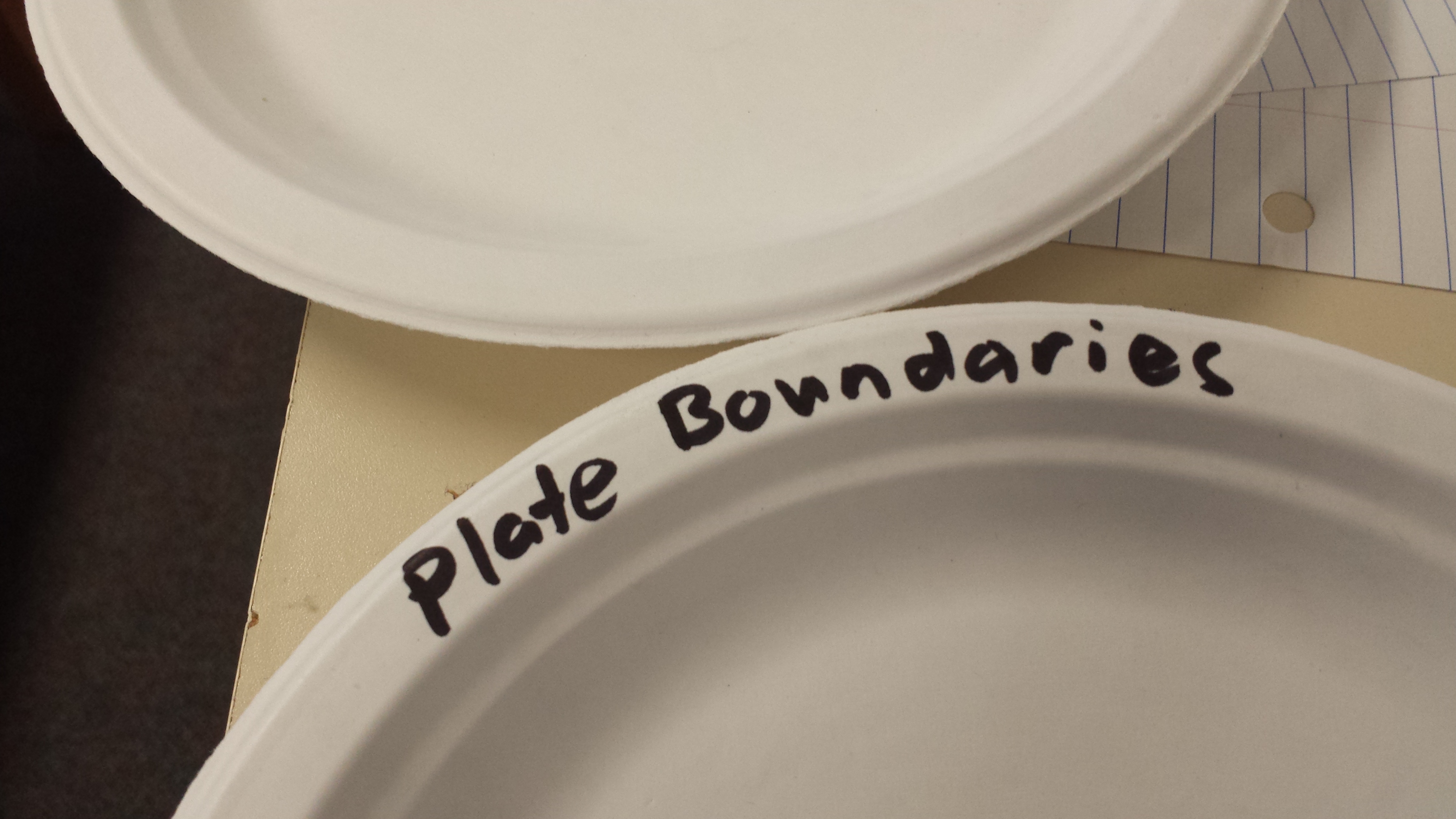Who found out the surface is made of plates?
The acclaimed father of plate tectonic theory is a man named Alfred Wegener. He wasn't the first man to notice that Africa and South America looked like they fit together. However, he was the first to use geological evidence to support this hypothesis and he called it continental drift (Dutton). From a collection of maps, rock formations, fossil records, and other facts he surmised that South America and Africa were definitely connected. Wegener looked at the continental shelves as well, they matched even better than the coastlines. Even with all of his findings he wasn't believed by the scientific community because he was still missing the most important piece of evidence, how these continents moved (Dutton). He died in 1930 with still no evidence and he was regarded as a joke by the geologic community. It wasn't for another 30 years until evidence from WWII submarines vindicated the now dead Alfred Wegener. Plate tectonic theory was finally accepted by the geological community (Oskin).
Plate Tectonics
Plate tectonics is what explains the features and movement of Earth's surface, the deepest ocean trenches, the tallest mountains, from the past to the present (Oskin). Plate tectonics is specifically the idea that Earth's outer shell is divided into several plates that slide over the mantle. They are around 100 km thick, and can be made of felsic or mafic rock materials. The driving energy behind the movement of these massive plates are convection currents, molten rock rising and falling beneath the Earth's surface. These movements cause the plates to bash into each other, spread apart, or even rub. The area between these plates are known as plate boundaries. This website will look at each specific boundary and what they do.
